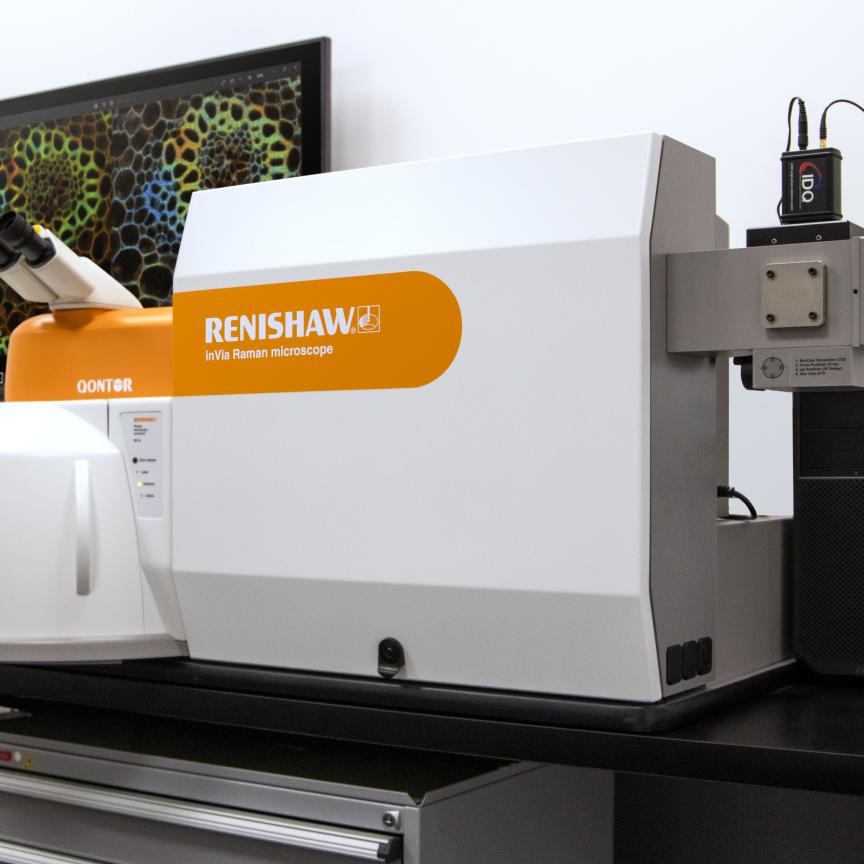Revenue generated by core photonics and photonics-enabled businesses amounted to $1.45 trillion in 2014, according to a recent survey by SPIE, the international society for optics and photonics. The sector employs approximately 3.5 million people, and of the total $1.45 trillion in revenues: 52 per cent are in consumer and entertainment; 15 per cent are in defence, security, and law enforcement; and 15 per cent are in lighting and displays.
SPIE began compiling data for this analysis in 2012 to build help encourage investment by both the financial community politicians. But what else needs to be done to foster growth in the industry, and how will the markets develop in the next few years? SPIE’s Stephen Anderson gives his views.
What are the challenges facing the photonics industry and is there anything leading industry figures (or politicians) could be doing to promote growth?
Awareness continues to be an enduring challenge for the photonics community: awareness on the part of politicians, investors, voters, and students about the role of photonics in driving innovation and economies around the world, as well as a sense for the breadth of applications of technologies that are enabled by photonics. For politicians, the message is: don’t cut growth; make decisions that support it. Investments in photonics technology have proven to do so.
Raising awareness truly is vital to successful, high-impact strategies that promote growth and raise the profile of photonics, as some recent examples demonstrate.
The establishment of the AIM Photonics institute and inclusion of the terms ‘optics and photonics’ in important legislation supporting research and funding in the United States are a few outcomes of the National Photonics Initiative, launched in 2013.
Numerous projects – from sustainable lighting in cities to the multi-facility Extreme Light Infrastructure (ELI) facilities – have been funded by the European Union following the declaration by the European Commission of photonics as one of six key enabling technologies. Not surprisingly, the other five are closely related to photonics. All support moving Europe toward a more sustainable economy and industry growth.
Canada, Germany, Mexico, Finland, and Taiwan are among more countries where the photonics industry is taking the lead in raising awareness, through national initiatives engaging policy-makers and direction-setters in dialogues about the role of photonics in economic vitality.
One take-away from the very successful International Year of Light last year is that the non-science members of our communities tend to know very little about photonics. Many people don’t even associate the internet – which was created with, and operates on, photonics technologies – with the field.
A broader knowledge of photonics among students helps attract more of the best and brightest to the field. SPIE is very active in numerous outreach activities among students of all ages around the world, led by the passion our members and other volunteers hold for mentoring the next generation.
What market areas do you think will grow in the coming years?
Quantum technologies – many still at the research stage – for advanced computing, increased cybersecurity, and data storage are advancing well. Technologies for automotive navigation and lighting; agricultural monitoring; water quality and source management; diverse medical diagnostics and treatments that improve care and lower costs; and lower cost, more accurate sensing systems are finding growing markets. Other areas of high activity are LEDs in applications beyond replacement for heritage systems; wearables for sport, healthcare, and safety; and new materials for solar.
What market trends do you expect to see in 2017?
Autonomy is a megatrend with significant potential for optics and photonics technologies and the companies that produce them. The ‘eyes’ of driverless cars are enabled by lidar systems, IR-based night vision, and other camera-based technologies.
In other markets, autonomous route planning has been applied in helicopters and other airborne vehicles. Robotic systems with sensors contribute to less invasive medical procedures and faster healing. Governments are employing unmanned vehicles in defence systems and a wide array of counter-terrorism and disaster-preparation activities. Precision agriculture is enabled through crop- and soil-sensing systems on autonomous vehicles.
Also, in the United States, the Cancer Moonshot and the BRAIN Initiative will have much progress to report. We’re looking forward to hearing more about those and other translational biophotonics technologies at SPIE Photonics West in San Francisco in a few weeks.
Some major research projects – the ELI, European XFEL, and James Webb Space Telescope, to name a few – should achieve significant milestones in 2017, and the lithography community should see continuing advances in EUV sources.
Further information


